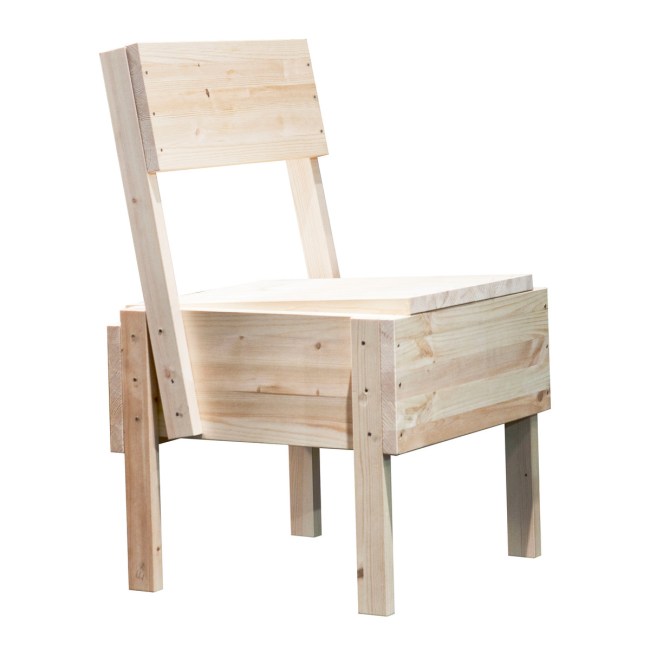Enzo Mari’s Autoprogettazione project of 1974 is a brilliant approach to home built and moderate design home furnishing. Of the many ideas around the Autoprogettazione is that you make your own furniture, save money, use your hands and build with a minimal approach to tools. In a word, extreme self sufficiency. with a high design approach. It has echoes of Arte Povera as well as american mid-century aesthetic in the approach.
The furniture based on the designs of the Autoprogettazione are constructed from standardized pine, all of the same width and thickness, and built making a very stable and long lasting piece of furniture. This approach also maximizes the material use while minimizes material waste. This is something that Mari has always approached in a very serious way – even with his least serious designs.
As I learned more about the Autoprogettazione the more I found myself thinking about furniture as a system (as well as sculpture as a system). I then spent a bit of time designing furniture that would be built as a modular system of using the same dimensional lumber that would be made with simple tools and primarily 90 degree cuts to the wood. I should also note, that as of this writing, I have yet to build one of my own designs of said furniture.

While I try to think that I know quite a bit, I don’t know everything, the place I was first alerted to the “Autoprogettazione” is via Greg Allen (greg.org) and his version of the EFFE table. I was actually looking for Ikea hacks (his table is that as well) and suddenly I found myself down the rabbit hole as it were.
More and more I find these ideas from the late sixties and early seventies to be far more contemporary and forward thinking than much of what seems to pass for the contemporary design of today. That is not to say that I find todays modern design bad per se, I do however find much of todays designs more towards just being interesting consumer products. Mari’s Autoprogettazione work to me is powerful and subversive, while understanding the personal nature of daily design.
Resources:
Enzo Mari, Autopregettazione?, 1974 (PDF)
Greg Allen’s EFFE MarixIkea table




